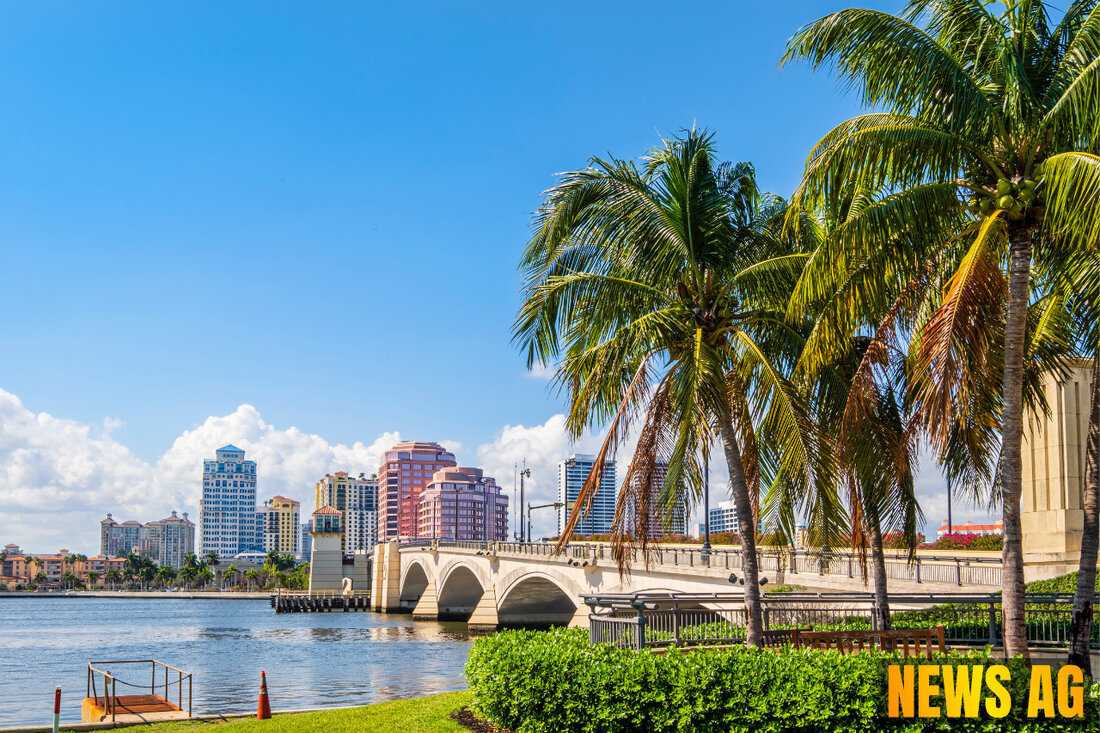New Florida Law Sparks Turf Boom Amid Environmental Concerns
Florida's new law eases restrictions on synthetic turf, impacting homeowners, environmental concerns, and local regulations statewide.

New Florida Law Sparks Turf Boom Amid Environmental Concerns
In a move that could transform Florida’s landscaping scene, particularly for homeowners, the state has passed House Bill 683, which eases restrictions on synthetic turf installations. While the new law aims to promote versatility and personal choice for property owners, industry leaders and environmentalists are worried about the ramifications of such changes.
Chris Lee, who founded Durable Lawn in Tampa Bay back in 2016, has noticed a significant uptick in demand for synthetic turf among waterfront homeowners and hotels. However, he has faced a myriad of challenges with city permits and artificial turf regulations that vary across municipalities. Now, thanks to recent legislative changes, he and others in the industry are anticipating a boom in the synthetic turf market.
House Bill 683: A New Era for Synthetic Turf
Passed unanimously and signed by Governor Ron DeSantis, House Bill 683 prohibits local governments from banning the installation of synthetic turf on single-family residential properties smaller than an acre. Moreover, the new law empowers the Florida Department of Environmental Protection to set statewide standards for synthetic turf, covering materials and drainage requirements. With the implementation of these regulations, local governments in Tampa, which recorded 61 artificial turf-related code enforcement cases in the last five years, can no longer enforce their own rules against compliant synthetic turf installations beginning in July, as Tampa Bay Times reports.
This legislative shift aims to streamline the installation process for homeowners, significantly reducing bureaucratic hurdles. Yet, it also raises questions. As state representatives grapple with the balance between individual rights and community concerns, critics—including environmental scientists—are voicing fears. Concerns revolve around synthetic turf’s impact on drainage, heat absorption, and runoff pollution, which could adversely affect groundwater quality and heightened urban heat effects.
Environmental Concerns and Local Reactions
St. Petersburg officials are currently assessing how the new state law will affect local regulations. As discussed in a recent article from Citizen Portal, the decision to allow synthetic turf has been met with mixed reactions. Homeowners looking for a low-maintenance lawn in a flood-prone environment may see synthetic alternatives as an appealing solution, yet critics are uneasy about the potential downsides.
In Florida, natural turfgrass options are plentiful, offering various shades, maintenance levels, and pest resistance. The state promotes Florida-Friendly Landscaping™ principles, which emphasize the environmental benefits of maintaining natural grass—considerably cooler than synthetic surfaces and supportive of local wildlife. By contrast, synthetic turf fails to provide any ecosystem benefits, lacks a root system to aid water filtration, and may even exacerbate stormwater runoff issues due to soil compaction during installation.
The Future of Lawns in Florida
With the finite lifespan of synthetic turf ranging from 10 to 20 years, its sustainability is questionable. As noted in a publication from University of Florida IFAS Extension, artificial grass may satisfy short-term aesthetic goals but poses long-term challenges regarding disposal and environmental responsibility. The conflict between promoting a maintenance-free alternative and preserving Florida’s natural landscape will undoubtedly fuel ongoing discussions among lawmakers and stakeholders.
As Florida navigates this new chapter in turf management, property owners must weigh their options carefully. House Bill 683 does provide homeowners with expanded choices, but it’s essential to consider the long-term environmental impacts as well. The future may be bright for the synthetic turf industry, but it also calls for a cautious approach to ensure we don’t sacrifice our environmental commitments for convenience and style.
